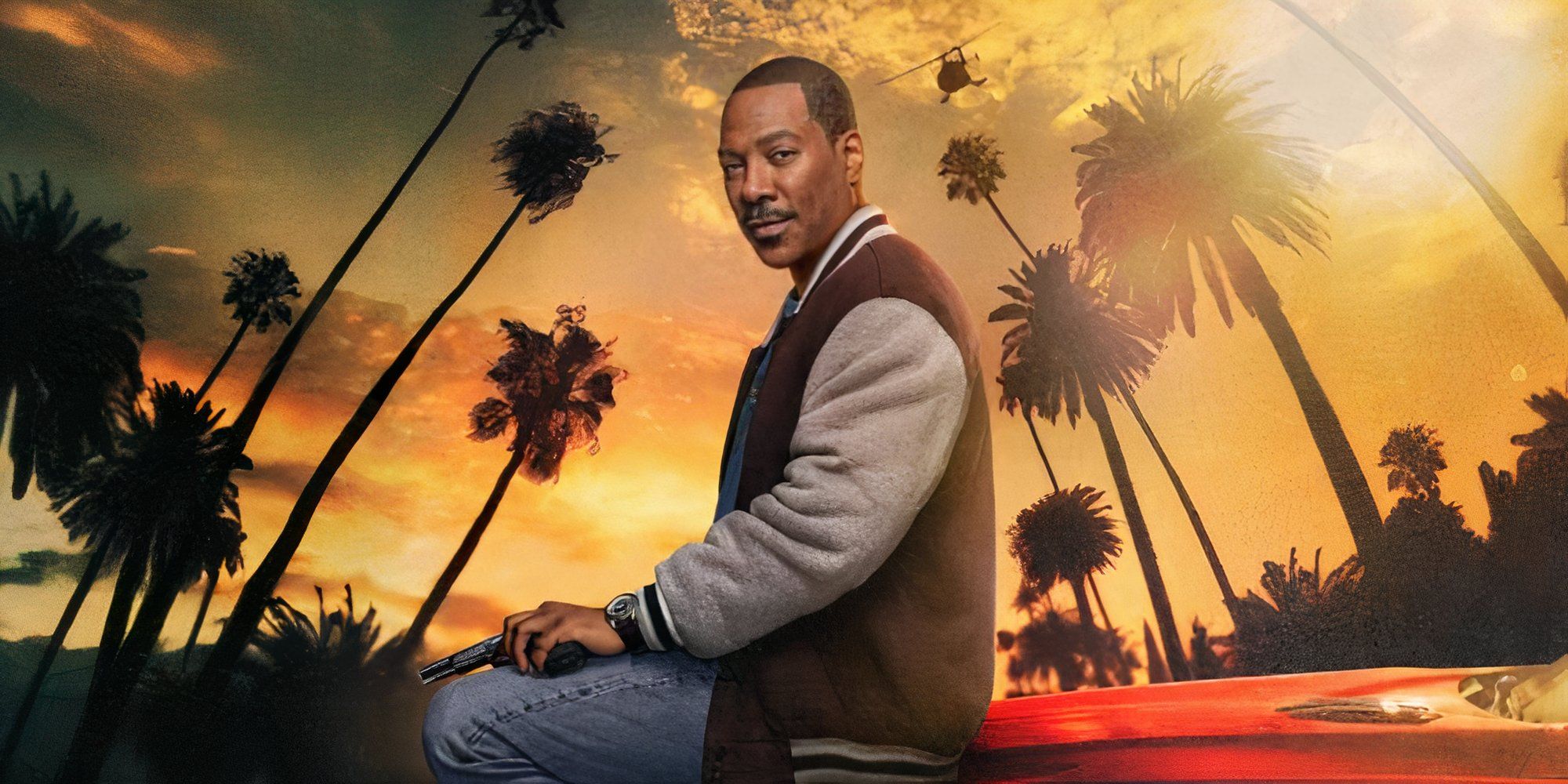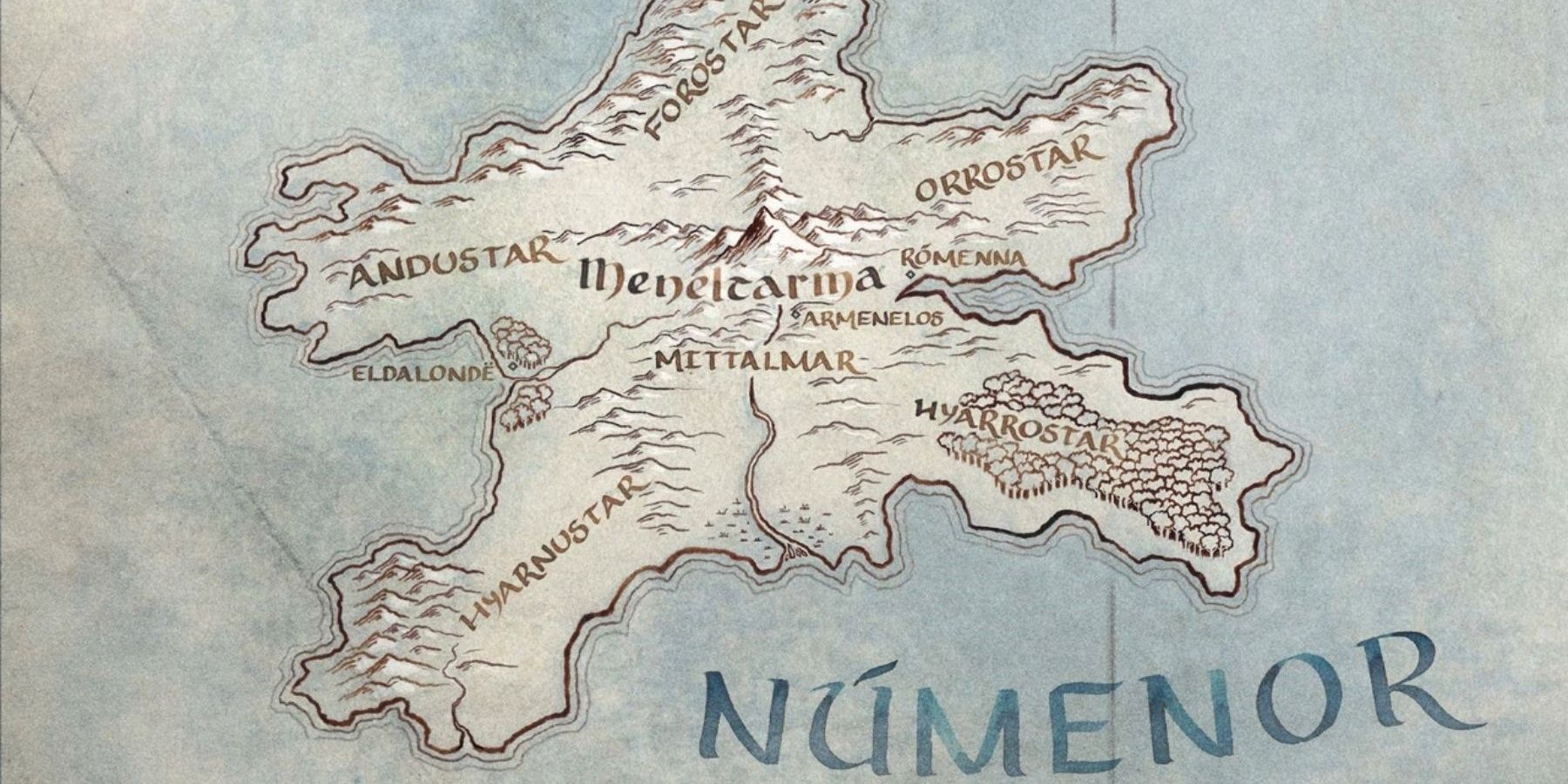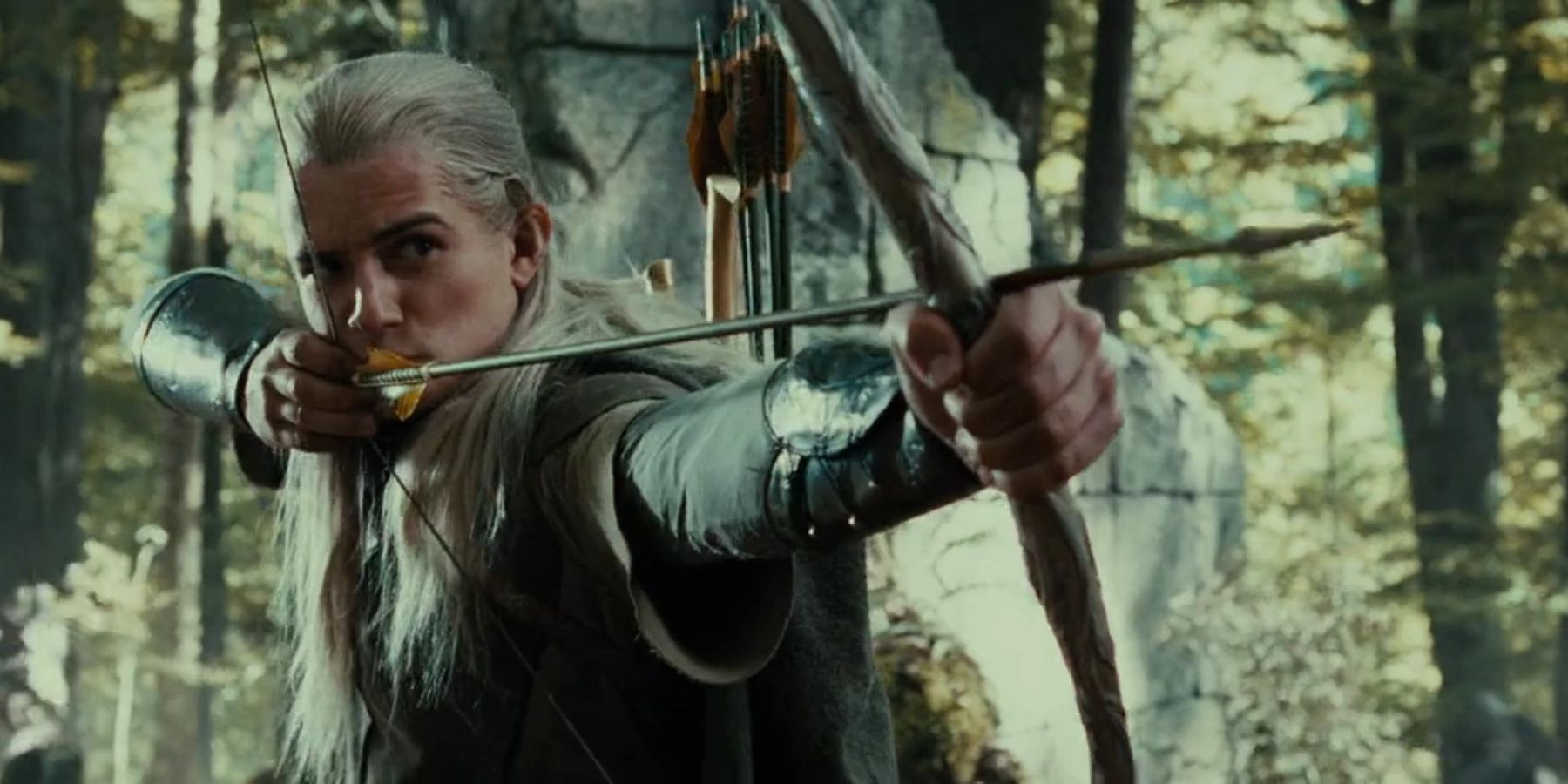There is a theory among fans of Tolkien’s works that Middle Earth as it is seen in the Lord of the Rings is a precursor to the real world, in essence, real history. This is a widely disputed argument that has two passionate sides to the debate, with some agreeing that it’s plausible for Middle Earth to become the world as it is known today, due to the medieval aspects of battling kingdoms, sword fighting, and focus on lineage and bloodlines, with the opposition arguing that powerful beings such as those who exist in Tolkien’s world like the Valar and the Maiar would never have let the world develop in such a detrimental way, with issues surrounding war, climate and race, to name a few that barely scratch the surface.
But, in a shocking twist of the story, a new theory has surfaced that the timeline of Middle Earth in conjunction with the world today is actually the other way round, and that Middle Earth is the future, not the past. This is admittedly a difficult hypothetical to get to grips with, and has by no means ever been confirmed anywhere in Tolkien's scripture, but this non-canonical concept presents some interesting points to this age-old debate, offering up a fresh perspective that could solve the ongoing contention. The new theory is based on the concept of Numenor, and how advanced the society was in comparison to Middle Earth by the Second and Third Age.
Lots of the characters, especially those associated with Gondor who carry the sought after Numenorian blood like Aragorn and Faramir, reference Numenor as a mighty civilization, one that was full of tall, broad, brave soldiers who fought with valor and honor. They hark back to the days of Numenor with a sort of longing, as if it was a simpler time, before the greed and control of Sauron and Melkor came along and brought malice to the world.
But perhaps Numenor was a better, easier time, because it was more technologically advanced, less archaic and medieval. The new theory presents the proposition that Middle Earth is a Post-Apocalyptic version of Earth, after a nuclear war or explosion wiped out the civilizations and the people, and the few who survived had to rebuild from the ground up, going back to the skills of smithing and mining, (which is how the dwarves came to be so good at this skill) and hunting/fighting with bows and arrows and swords (which is how the elves, in turn, became so good at this skill.)
This is why Middle Earth seems so behind in its ways, because the advancements of old were lost in the destruction, and the knowledge of how to make them dies with the old world. This would also account for the vast areas of wasteland in Middle Earth, like the putrid realm of Mordor that seems incapable of sustaining any life (perhaps because of radiation like Chernobyl?) When reading descriptions of Numenor, the theory actually begins to sound plausible. There are descriptions concerning Numenor involving metal ships, great and terrible weapons that could devastation with a single blow, and tall towers that could be used to look out all over the lands. Fans have linked these factors to cruise and container ships, bombs and missile, and skyscrapers/office blocks that give a view over the city.
However, as always, there are contradictions. Numenor is also described as being quite rural, having the appearance of a pentagon with the 5 kingdoms jutting out of the water in the shape of a star, and of having predominantly wod and stone craft. This doesn’t sound particularly like modern earth, does it? The Unfinished tales, later published by Christoper Tolkien also suggest that “In Númenor all journeyed from place to place on horseback.... Therefore, the roads of Númenor were for the most part unpaved”.
This could sound like some more rural parts of the earth at a stretch, but is more akin to the Victorian era, before automobiles and public transportation were brought up to speed with how things are now. Disputers of the new theory argue that Tolkien hated how mechanized and industrialized his world was becoming when he moved to Birmingham, and so would never have chosen to portray the world in such a dazzling and honorable light as he does with the reverence that the characters have of Numenor.
Still, this is one of the better Post-Apocalyptic futures presented in any form. The majority of depictions of the world after a nuclear war, or some sort of terrible outbreak or devastation are usually far more bleak, with zombies eating people, or survivors running around in full bodysuits to escape whatever toxin has leaked into the environment. If Middle Earth presents a possible future after wreckage and ruin of the earth as it is known now, as least fans can have hope that the people will survive and grow strong, the woodlands will become beautiful once again (thanks to the help of the ents) and that we will have help from the god-like spirits who wander Middle Earth keeping the peace.





